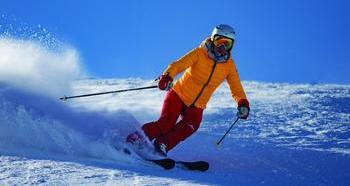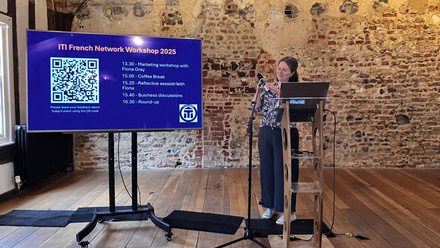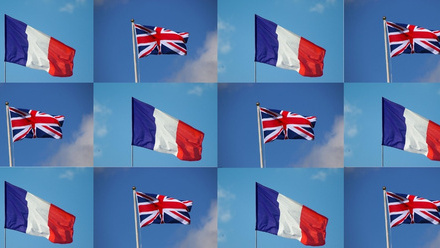Black diamonds are a girl's best friend
Stephanie Martinez-Hill explores the range of topics and skills involved in ski translation, after a season in the French Alps snowballed into a translation specialism.
Almost two decades ago I set off on an adventure to spend the winter in the French Alps as a seasonaire, working in a hotel in the small ski resort of Vars les Claux. We nicknamed it the Fawlty Franou for its lack of basic tableware (water jugs with saucers on top masqueraded as teapots) and for losing a staff member roughly once a week to a combination of incidents and accidents. Spurred on by an impressionable enthusiasm after having spent a grand total of one session on a dry slope in my life, I was somehow confident that I would be at home on the slopes.
Over the last few years I've worked on a whole range of ski texts, ranging from the highly technical to marketing materials. One minute I'm researching the anatomy of a ski pole or the cross-section of a ski; the next I'm conveying how manufacturers are seeking to lower their environmental impact or I'm playing my part in building excitement for the next winter season. What has struck me most is how ski translation is not as linear an exploit as those neatly groomed pistes, but meanders into other areas of translation. It varies greatly in terms of the topics, tone and skills that are required, all within just one specialism.
Traversing several disciplines and skill sets

There is a lot of technical content dealing with detailed specifications for skis such as the radius and the various materials used in the construction. Texts might discuss a variety of ski shapes, including the camber (the upward arc formed by the ski in the middle), and the rocker (where the tip or tail, or both, turn upwards - it takes its name from the rails of a rocking chair). There are recommendations on different binding options for particular sets of skis: for instance, lighter; more forgiving; closer to the ski; and so on. Elements such as flex, ability level and terrain all matter.
Even more factors come into play with types of skiing involving an uphill element, such as ski touring or cross-country skiing, because buyers need to consider the ascent as well as the descent. They are searching for the right compromise between lightweight on their trek up the mountain, and peak performance on the way down, to make the most of the powder they've worked so hard to enjoy. Skis in these kinds of territories have been optimised for long journeys uphill, with skins attached for grip.
Alongside this type of translation, the specialism can involve transcreation - for instance, in materials aimed at selling equipment and skiwear to prospective customers in different countries. And there are all kinds of social media communications, from website content to newsletters and lnstagram. Given the kind of topic this is, it's not surprising that there is a distinct trend towards using video across various social media platforms, and this requires subtitling.
Great powder: great responsibility
Sustainability is also a key issue in this sector, given that skiing requires snow - and the industry depends on reliable climatic conditions. Skiers want to protect their playground, so any ecofriendly practices are important to this audience.
In skiwear, companies are aiming for a minimal waste design to ensure that there are fewer offcuts of materials and less waste. Brands are also keen to communicate how they use specific dyeing techniques that consume less water, and how they incorporate recycled polyester into their products. They also promote quality capsule wardrobe products to discourage fast fashion. And sustainability practices also extend to equipment, with items being advertised as repairable and/ or with spare parts: for instance, customers can order replacement heels for ski boots and new lenses for their goggles.
So companies offering products specifically for the more remote ski realms, such as freeriding territory and the backcountry, feel a certain duty of care to keep skiers safe on the mountain; and health and safety topics such as what to pack for a day in the backcountry, avalanche safety tips and advice on how to ski safely need to be translated.
Brands offer advice on how to check the snow and weather conditions, including the avalanche danger level and what the scale means in terms of the stability of the snowpack. French ski texts frequently refer to le triptyque, which refers to the three essential avalanche safety items to pack when skiing far off-piste: a beacon, a probe and a shovel. The beacon transmits a local signal for search and rescue teams; the probe is a long foldable wand like a tent pole used to pinpoint a person buried under snow; and the shovel is used to dig them out. The stark reality of this demonstrates how there is an interesting juxtaposition between riding the wave of excitement, celebrating new releases, addressing the audience informally... and the seriousness of raising awareness of the dangers, and urging skiers to follow advice to keep themselves from harm.
Hands-on knowledge and practice
Never miss another Bulletin article

If you would like to read more features and articles on a wide variety of subjects relating to all aspects of the translation and interpreting industry, subscribe to ITI Bulletin. Alternatively, join ITI and get a free subscription included in your membership.






